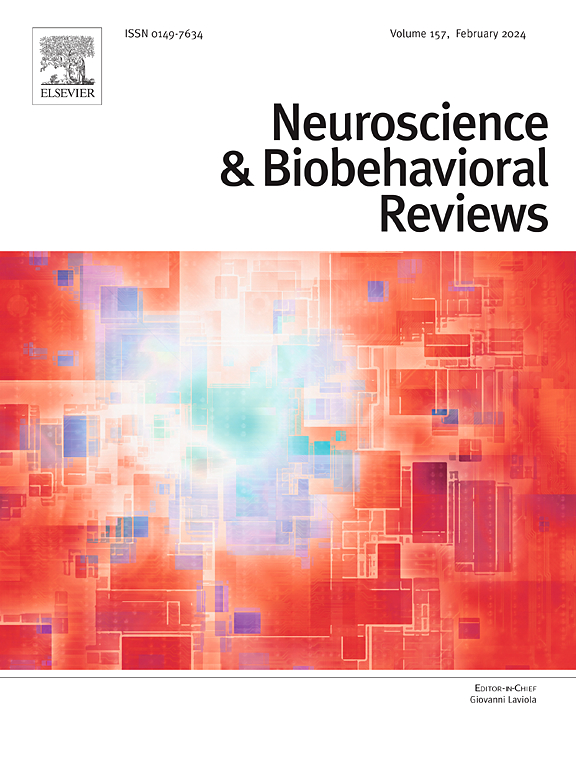锂在18岁以下非情绪障碍儿童和青少年中的疗效、有效性和安全性/耐受性:一项范围综述
IF 7.9
1区 医学
Q1 BEHAVIORAL SCIENCES
引用次数: 0
摘要
在年轻人中,锂是一种治疗情绪障碍的有效药物,特别是双相情感障碍的混合性和躁狂发作,并且通常耐受性良好。在一些临床情况下,锂被用于治疗其他疾病。我们对锂治疗除情绪障碍或神经障碍以外的青少年精神疾病的疗效/有效性和安全性/耐受性的研究进行了范围审查。我们检索了EMBASE, MEDLINE, PsycINFO, PubMed和ClinicalTrials.gov,截止到2025年3月31日,没有语言或文档类型的限制。我们纳入了使用锂治疗的儿童和青少年(平均年龄18岁以下)的任何设计的研究,无论是单独治疗还是与其他精神药物联合治疗。我们使用适当的NHLBI工具评估研究质量,并通过热图直观地总结结果,热图显示了根据研究设计和条件的样本量,以及纳入研究的发表年份时间表。从最初确定的2687份记录中,经过重复删除和筛选,评估了367份全文报告,并纳入了41项研究,按精神或神经疾病的类型分组,其中大多数样本很小。在评估的研究中,60%被认为质量“一般”,40%被认为质量“差”。总的来说,尽管锂在青少年双相情感障碍之外的临床应用正在增加,但潜在的证据基础仍然有限。指导临床实践需要更严格的基于随机对照试验和观察性研究的研究,其设计旨在减少混淆。本文章由计算机程序翻译,如有差异,请以英文原文为准。
Efficacy, effectiveness, and safety/tolerability of lithium in children and adolescents up to 18 years of age with conditions other than mood disorders: A scoping review
In youth, lithium is an effective medication for mood disorders, particularly for mixed and manic episodes of bipolar disorder, and is generally well-tolerated. In some clinical contexts, lithium is used off-label to manage other conditions. We conducted a scoping review of studies on the efficacy/effectiveness and safety/tolerability of lithium for treating youths with psychiatric conditions other than mood disorders or neurological disorders. We searched EMBASE, MEDLINE, PsycINFO, PubMed, and ClinicalTrials.gov up to March 31, 2025, with no restrictions on language or document type. We included studies of any design involving children and adolescents (mean age up to 18) treated with lithium, either as monotherapy or in combination with other psychotropic agents. We assessed study quality using the appropriate NHLBI tools and visually summarized the results with a heat map displaying sample size by study design and conditions, as well as the timeline of included studies’ publication years. From 2687 records initially identified, after de-duplication removal and screening, 367 full-text reports were assessed, and 41 studies were included in the review, grouped by type of psychiatric or neurological disorder, most of which had a small sample. Among the assessed studies, 60 % of were considered of “fair” quality and 40 % of “poor” quality. Overall, although the clinical use of lithium beyond bipolar disorder in youth is increasing, the underlying evidence base remains limited. More rigorous research based on RCTs and observational studies with designs aimed at reducing confounding are needed to guide clinical practice.
求助全文
通过发布文献求助,成功后即可免费获取论文全文。
去求助
来源期刊
CiteScore
14.20
自引率
3.70%
发文量
466
审稿时长
6 months
期刊介绍:
The official journal of the International Behavioral Neuroscience Society publishes original and significant review articles that explore the intersection between neuroscience and the study of psychological processes and behavior. The journal also welcomes articles that primarily focus on psychological processes and behavior, as long as they have relevance to one or more areas of neuroscience.

 求助内容:
求助内容: 应助结果提醒方式:
应助结果提醒方式:


